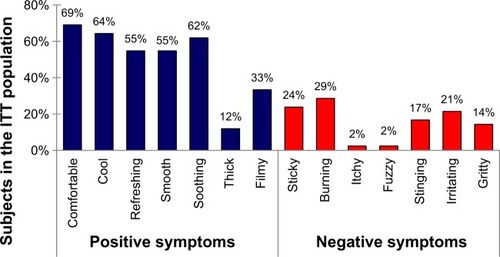Figures & data
Figure 1 Central and corneal fluorescein staining.
Abbreviation: n, number.
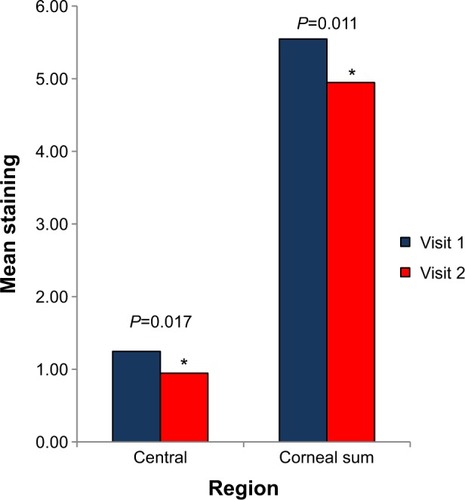
Figure 2 Ocular symptoms.
Abbreviations: ITT, intent to treat; n, number.
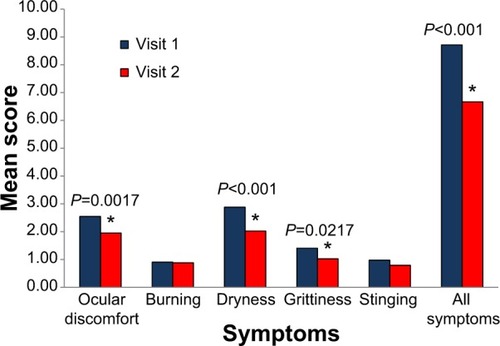
Figure 3 MBA on the second visit, predose and postdose values.
Abbreviations: MBA, mean breakup area; n, number.
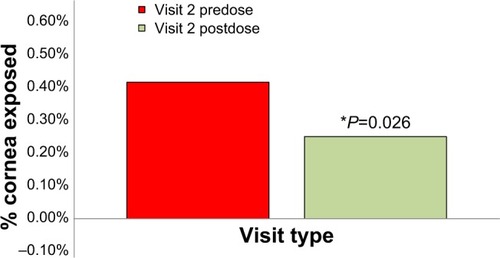
Figure 4 Mean time at corrected VA on first and second visits.
Abbreviations: VA, visual acuity; IVAD, Interblink Interval Visual Acuity Decay.
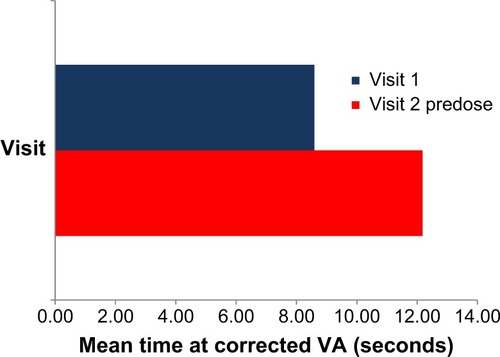
Figure 5 Responses to the Drop Comfort Questionnaire.
Abbreviations: ITT, intent to treat; n, number.
